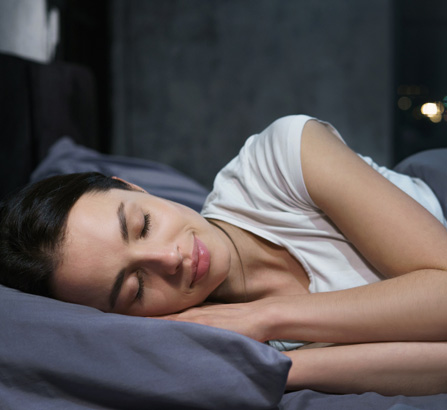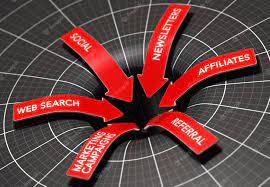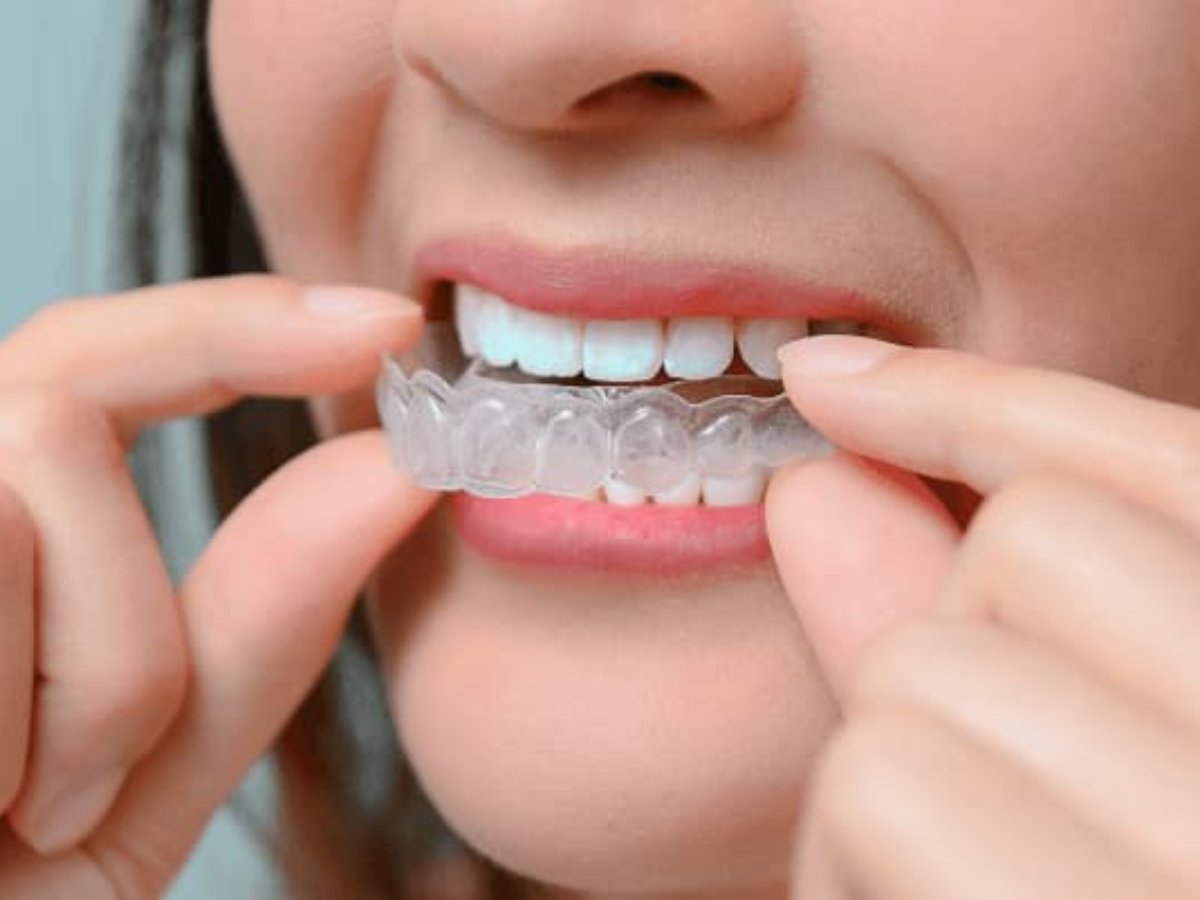Sleep apnea is a prevalent sleep disorder that affects millions of people worldwide, causing interruptions in breathing during sleep and leading to various health issues if left untreated. One of the effective treatments for sleep apnea is the use of oral appliances, also known as dental appliances. These devices can significantly improve sleep quality and mitigate the risks associated with sleep apnea. However, one of the primary concerns for individuals considering this treatment is the cost. In this article, we will delve into the intricacies of the cost of oral appliance for sleep apnea, exploring the factors that influence it and providing insights into making informed decisions about this potentially life-changing treatment.
Understanding Sleep Apnea And Oral Appliances
Before delving into the costs, it’s crucial to understand sleep apnea and how oral appliances work as a treatment option. Sleep apnea is characterized by the repeated cessation of breathing during sleep. It can be classified into two main types: obstructive sleep apnea (OSA) and central sleep apnea. OSA is the most common form and occurs when the muscles in the throat relax excessively during sleep, leading to the narrowing or closure of the airway.
Oral appliances for sleep apnea are custom-made devices that are worn in the mouth during sleep. They work by repositioning the jaw and tongue to keep the airway open, preventing obstructions and allowing for uninterrupted breathing. These appliances are often recommended for individuals with mild to moderate sleep apnea or those who cannot tolerate continuous positive airway pressure (CPAP) therapy, another common treatment.
Factors Influencing The Cost
The cost of an oral appliance for sleep apnea can vary significantly based on several factors. Understanding these factors will help individuals anticipate and budget for this treatment effectively.
Type of Appliance: There are various types of oral appliances available, each with its own design and mechanism of action. Some are simpler and less expensive, while others are more complex and may come at a higher cost.
Customization: Oral appliances are typically custom-made to fit each patient’s mouth comfortably. The level of customization required can affect the cost, with more personalized devices often being more expensive.
Dental Professional Fees: The services of a dentist or dental specialist are needed to assess, fit, and monitor the progress of the oral appliance therapy. These professional fees can vary based on location and expertise.
Insurance Coverage: Some health insurance plans cover the cost of oral appliances for sleep apnea, at least partially. The extent of coverage can significantly impact the out-of-pocket expenses for the patient.
Geographic Location: The cost of healthcare services can vary depending on the region or country. Urban areas tend to have higher prices for healthcare services compared to rural areas.
Additional Costs: Patients may incur additional costs for follow-up visits, adjustments to the appliance, and replacement parts if needed.
Quality of Materials: The materials used in the construction of the oral appliance can influence its cost. High-quality materials may increase the overall price.
Calculating The Cost
To get a clearer picture of the cost of an oral appliance for sleep apnea, it’s essential to consider a hypothetical scenario.
Imagine a patient in a major U.S. city who requires a custom-made oral appliance for their mild to moderate sleep apnea. Here’s a breakdown of potential costs:
Oral Appliance: The cost of the appliance itself can range from $1,000 to $2,000 or more.
Dental Professional Fees: Dental evaluations, fitting, and follow-up visits might cost an additional $500 to $1,000.
Insurance Coverage: If the patient’s insurance covers oral appliances for sleep apnea, it could reduce the out-of-pocket expenses. Coverage varies among insurance plans, so it’s essential to check with the provider.
Geographic Variation: Costs can vary significantly depending on the location. Urban areas may have higher dental appliance for sleep apnea cost, while rural areas may offer more competitive pricing.
Additional Costs: Budgeting for adjustments and potential replacements can add another $200 to $500 per year.
Making An Informed Decision
When considering the cost of an oral appliance for sleep apnea, it’s important to weigh it against the potential benefits. Untreated sleep apnea can lead to severe health complications, including cardiovascular issues, diabetes, and daytime fatigue, which can affect work and daily life.
Patients should also explore all available financing options, such as insurance coverage, flexible spending accounts (FSAs), or health savings accounts (HSAs), to mitigate the financial burden.
Moreover, consulting with a healthcare provider and discussing the long-term costs of untreated sleep apnea, including medical expenses, can provide a broader perspective on the value of investing in an oral appliance.
Conclusion
Understanding the cost of an oral appliance for sleep apnea is essential for individuals seeking effective treatment for this sleep disorder. While the initial expenses can seem significant, the long-term benefits of improved health and quality of life should not be underestimated. By considering factors such as the type of appliance, customization, insurance coverage, and geographic location, individuals can make informed decisions about their sleep apnea treatment, ultimately leading to a better night’s sleep and improved overall well-being.




